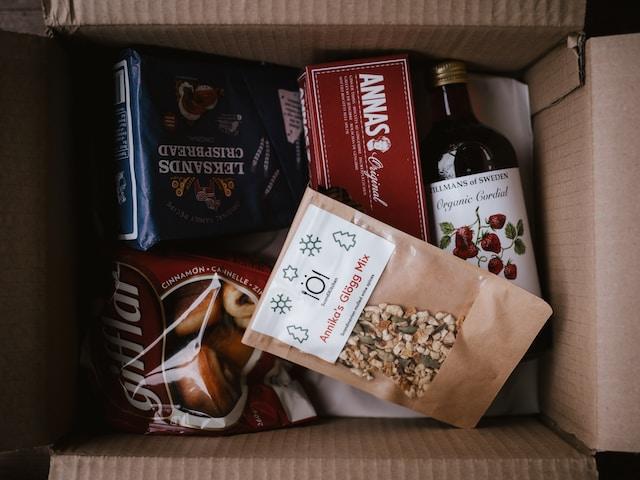
Food packaging plays a crucial role in attracting and engaging consumers. In a crowded market, unique and personalized packaging can make a significant difference in grabbing attention and influencing purchase decisions. Moreover, elements like texture, color, legibility, and information contribute to the overall appeal and functionality of food packaging. In this blog, we will explore innovative design tips to create irresistible food packaging that stands out from the crowd.
Standing Out from the Crowd: The Importance of Unique and Personalized Packaging
In a competitive marketplace, it is essential for food products to have packaging that sets them apart. Unique and personalized packaging helps build brand recognition and an emotional connection with the customers. By telling a story through design, you can create packaging that is not only eye-catching but also conveys the core values and image of your brand. For example, personalized cereal boxes with some tiny good morning notes can greatly elevate overall user satisfaction. Use visual elements, graphics, and fonts that align with your brand identity to create a persistent and memorable design. Additionally, consider experimenting with unconventional shapes and structures to create a distinctive packaging design that captures attention on the store shelves.
Tactile Experience: Why Texture Matters in Food Packaging
Texture plays a crucial role in creating a sensory experience for consumers. By incorporating tactile elements into your food packaging, you can enhance the overall perception of your product. One way to achieve this is by selecting the right material. Choose packaging materials that have interesting textures, such as matte or embossed finishes, textured papers, or even incorporate elements like ribbons or embossed logos. These textures not only add visual interest but also create a tactile experience when consumers interact with your packaging. Another strategy is to provide haptic feedback by incorporating tactile cues that give consumers a sense of the product inside. For example, if you are packaging cookies, consider a clear window that allows customers to feel the texture of the cookies through the packaging.
Psychology of Color: How Color Choices Influence Consumer Behavior
Color psychology plays a significant role in consumer behavior and can evoke certain emotions and perceptions. When designing food packaging, it is important to consider the impact of color choices. Start by maintaining brand consistency throughout your packaging. Use colors that align with your brand identity to establish recognition and recall. Additionally, consider the emotional associations different colors have and choose hues that align with your product’s desired perception. For example, warm colors like red and orange can stimulate appetite, while pastel shades evoke a sense of freshness. If you are going to design custom chocolate boxes packaging, then make sure to include brownish chocolaty tones in your packaging. Understanding the psychology of color can help you make informed choices that resonate with your target audience and enhance the overall appeal of your packaging.
Legibility and Information: Balancing Design and Practicality in Food Packaging
While innovative design is crucial, legibility and providing necessary information should not be overlooked. It is essential to strike a balance between aesthetics and practicality to ensure your packaging is both visually appealing and informative. Start by using clear typography that is easy to read. Choose fonts that are legible, particularly for important information such as ingredients, nutritional facts, and allergen warnings. Avoid using elaborate fonts that may hinder readability. In terms of information placement, organize it hierarchically. Arrange information in a logical and structured manner, considering the order in which consumers look for information. Highlight key details and use headings, subheadings, and bullet points to improve scannability. By prioritizing legibility and providing necessary information, you can ensure that your packaging is user-friendly and enhances the overall consumer experience.
Conclusion
Creating irresistible food packaging involves a combination of unique design, tactile experiences, color psychology, and effective information presentation. By implementing these innovative design tips, you can create packaging that not only captures attention but also connects with consumers on a deeper level. Remember, the goal is to create packaging that not only stands out from the crowd but also enhances the overall consumer experience, leading to increased brand loyalty and sales.





